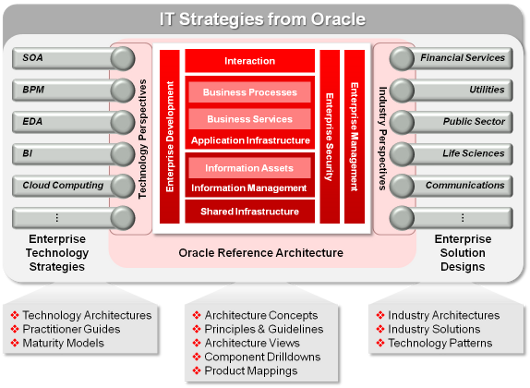
Service-oriented architecture (SOA) is a style of software design where services are provided to the other components by application components, through a communication protocol over a network. A SOA service is a discrete unit of functionality that can be accessed remotely and acted upon and updated independently, such as retrieving a credit card statement online. In SOA, a service is a self-contained unit of software designed to complete a specific task.
Service-Oriented Architecture (SOA) is an architectural approach in which applications make use of services available in the network. In this architecture , services are provided to form applications, through a communication call over the internet. SOA allows users to combine a large number of facilities from existing services to form applications. But as a common denominator, SOA means that you structure your application by decomposing it into multiple services (most commonly as HTTP services) that can be classified as different types like subsystems or tiers. SOA involves the deployment of services, which are units of logic that run in a network.
What are the benefits of service oriented architecture? What do you need to know about Service Oriented Architecture? What is a service oriented architecture (SOA)?

Before SOA, services were understood as the end result of the application. A service-oriented architecture is essentially a collection of services. These services communicate with each other.
The communication can involve either simple data passing or it could involve two or more services coordinating some activity. Some means of connecting services to each other is needed. The principles of service-orientation are independent of any product, vendor or technology. These interfaces utilize common communication standards in such a way that they can be rapidly incorporated into new applications without having to perform deep integration each time.
Service Oriented Architecture ( SOA ) is an architectural approach in which application components makes use of a collection of services available in a network, which communicates with each other. In service oriented architecture , services communicate with each other, either to pass the data or to coordinating an activity. It is a process and architectural mindset that focuses on organizing systems as reusable components, not fixed processes. In SOA , application functionality may be.
For this reason, the interfaces are. Modernize SOA deployments with APIs for a future-proof architecture. Traditional SOA suites are costly and take years to implement, mainly because custom code creates a rigid architecture that hinders IT productivity. To be competitive, companies need an API-led SOA solution that increases development speed and creates a future-proof architecture.

SOA infrastructures enable significant benefits, but the complexity of these loosely coupled services poses testing challenges while absorbing time, management, and people. Armed with a clear understanding of the business benefits of SOA , as well as when and where a SOA will best fit your organization’s development needs, you can act as a catalyst for innovation and help promote adoption of. SOA or service-oriented architecture , is an architectural design style made to break monolithic applications into a series of smaller modules applied to specific business objectives.
If you’re thinking that SOA sounds a lot like microservices, you’re absolutely right. A service is a self-contained part of the functionality, and several services can be combined to provide use and functionality of a software application on a large scale. SOA is implemented using wsdl and Soap protocol. Services are provided independent of products, technologies. As services are independent, they are easily incorporated into applications.
This report examines the relationship between service-oriented architectures (SOAs) and quality attributes.
No comments:
Post a Comment
Note: Only a member of this blog may post a comment.